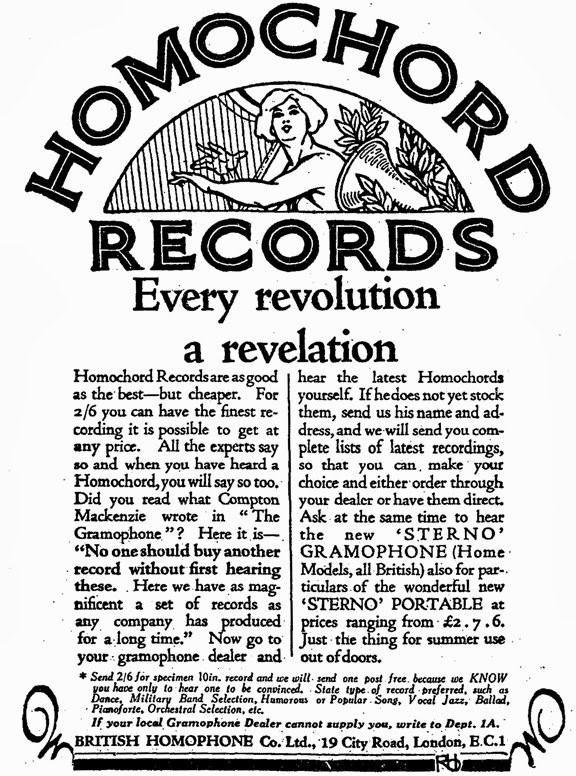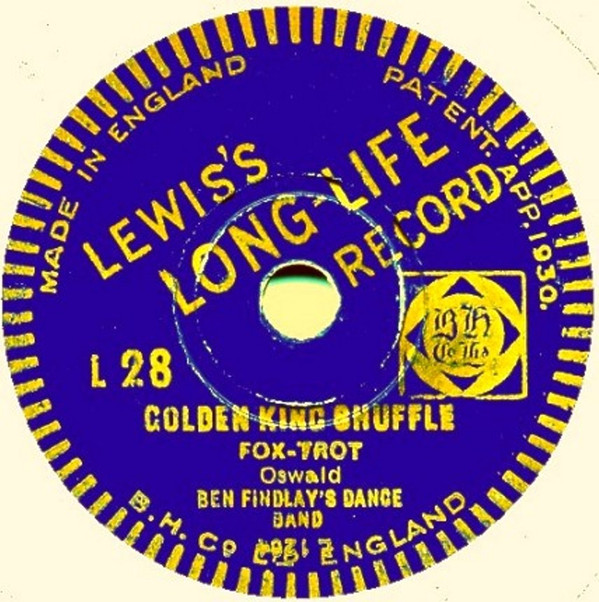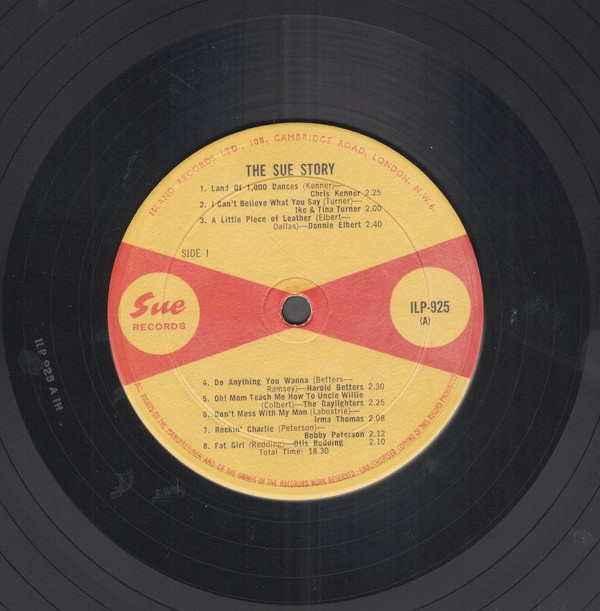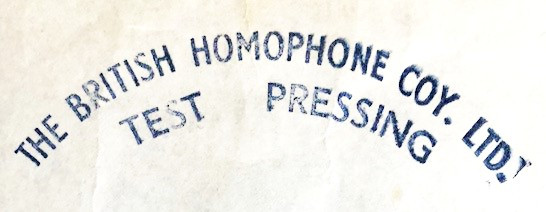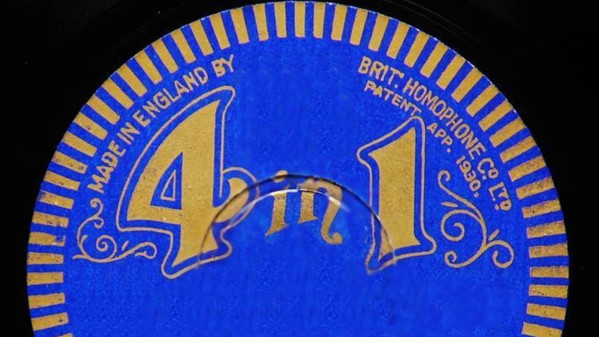The British Homophone Co. Ltd
Настоящее имя: The British Homophone Co. Ltd
British record company operating between 1921 and 1985.
The company was incorporated on 3 August 1921 as private company. It was owning the label Homochord and the respective company The British Homochord Co., Ltd.
However, the roots date back to 1908, when "The Homophone Disc Record Co." was established by Bernhard Andres & Co. on behalf of Homophon Company G.M.B.H., and which operated until 1917.
In May 1928, having resolved to turn itself into a Public Limited Company, it buys the company and all assets from William Sternberg's Sterno Manufacturing Company, owner of the label Sterno.
On 23 November 1928, The Gramophon Records Ltd. (incorporated on 17 March 1928) is taken over. Part of the assets is a recording studio in Kilburn.
In January 1929, the former Pathe Frères Pathephone Ltd. factory in Stonebridge is acquired from Columbia Graphophone.
It became one of the first companies in Britain to process and press records directly for both its own labels (Homochord and Sterno) as well as for independent labels and customers. In 1934, the British Broadcasting Corporation would send recordings from their Maida Vale Studios by telephone line to British Homophone in Kilburn, who would record them onto wax discs overnight for programme repeats (this was prior to the appearance of acetates in the mid-1930s).
All during the 1930s the company was in hard times and financial troubles, with falling share prices and low sales despite setting up new labels and record formats and lowering the prices of records.
In 1931 the head office was moved from central London to the Barry Road site.
In May 1937 the company entered into an agreement with The Decca Record Company Limited and Electric & Musical Industries Ltd. to withdraw from the business of making records for sale to the public for 20 years. All metal matrices, copyrights, trademarks, designs, finished records became property of British Phonograph Records Ltd. (a joint venture of Decca and EMI) and were mostly sold off. British Homophone continued in the non-public recording business only.
Between 1938 and 1939, British Homophone was under control of the Crystalate Ltd. who owned The Crystalate Gramophone Record Manufacturing Co. Ltd..
By 1939, the Kilburn and Stonebridge premises were closed down and moved. The New Cross site was used by Ebonestos Industries Ltd. to manufacture aircraft parts and plastic mouldings during WWII and after.
British Homophone continued to press records at the refurbished New Cross site from at least 1951 until 1980. From around 1962, the new company pressed some early records for Chris Blackwell’s Island Records, and also [l431928] as evidenced by the output on the labels' subsidiaries including Ska Beat, R&B (2), Sue Records, National Calypso, Giant (2), Treasure Isle, Rio (2), Pyramid (2), and Doctor Bird.
In 1971, President Records executive Edward Kassner acquired a 50% stake in British Homophone, and the plant underwent expansion and retooling. However, by the late 1970s, the company had gone bankrupt and the plant had fallen into a poor state of repair. Peter Newbrook, speaking in 1996, recalls: "the rain was fizzing in the roof, it was just disgusting. When you think what a nice little plant it had been, I mean it was really in the last stages of degradation, I mean you walked in a mixture of shellac dust and shit and water all over the floor and it broke your heart."
In 1979, possibly as part of a tax settlement, the plant was bought by Eddy Grant who, having opened The Coach House Recording Studio in 1974, wanted to combat long pressing plant turnaround times. The plant, now trading as Ice Records, became the first black-owned record manufacturing plant in Europe, and pressed mainly for Grant's ICE label as well a major label overruns (existing connections from Kassner's tenure). However, according to Newbrook, "he literally ran it into the ground, cause he didn't do any maintenance". Newbrook claims he had one record pressed there and the quality was "just disgraceful".
When Grant left the UK for Barbados in 1981, the plant changed hands again to an unknown company. This did not last long however, and the plant finally closed for good in 1985. However, the British Homophone name did survive until 1985.
Pressings can be distinguished by a bold and heavy straight stamped matrix in the runout area, at times with suffix "-1H" (often interpreted as "-IH").
(all obsolete)
New Cross premises (1929 - 1979)
Excelsior Works
Rollins Street
New Cross
London SE 15
(also plant site of Ebonestos Insulators Ltd.)
Stonebridge premises (1929 - 1938)
Barry Road
Stonebridge Park
London NW 10
(former plant site of Pathéphone Ltd.)
Kilburn Studio (1929 - 1939):
84a Kilburn High Road
Kilburn
London NW 6
Head offce (1921 - June 1931, then Barry Rd.)
19 City Road
London EC 1

